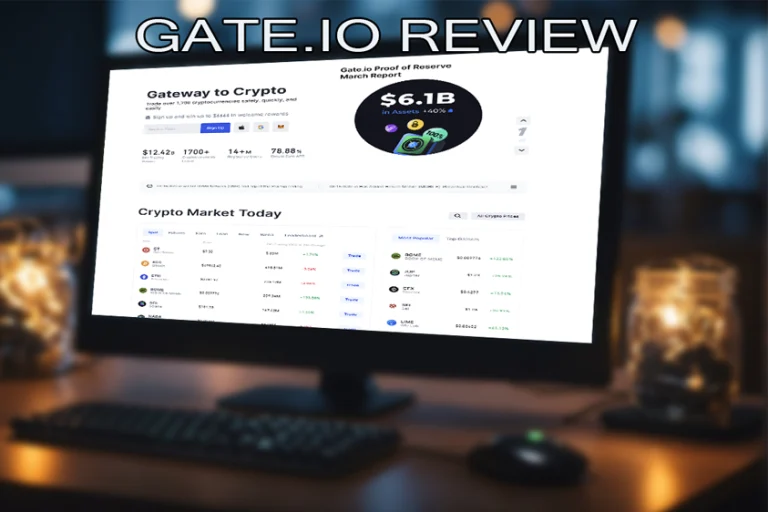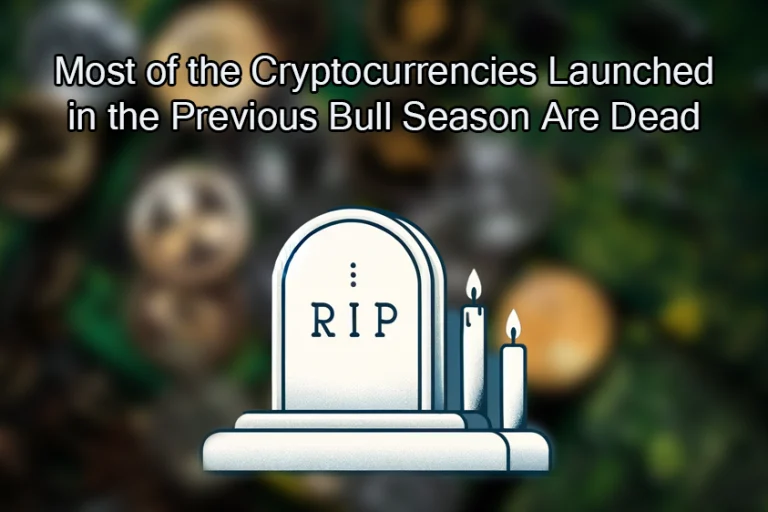How to Tell If a Cryptocurrency Exchange is Safe?
In the expanding realm of cryptocurrency it is crucial to find an exchange to ensure the safety of your digital assets. Trust holds importance in the world of crypto due, to the nature of blockchain technology, which often places the responsibility of security on individual users. Unlike banks, any mistake or breach in security within an exchange can result in irreversible loss of funds. Therefore when selecting a platform for trading it is essential to evaluate the security measures in place.
When choosing an exchange prioritize security above all else. Whether you’re depositing fiat currency engaging in trades or withdrawing funds each step should be safeguarded by security protocols. A trustworthy exchange will prioritize the protection of your information and assets through measures such as two-factor authentication, encryption techniques and regular security audits. It is crucial to assess how exchanges handle these procedures since the lack of regulation and insurance commonly found in the market places a responsibility, on exchanges to maintain high security standards.
Conducting research is vital when determining whether a cryptocurrency exchange is safe.
A reputable platform should provide details regarding its security practices, transaction processes and user support systems. It’s important to be cautious of exchanges that have a history of security breaches or lack transparency, about their safety measures. By examining these aspects you can have confidence that your cryptocurrency investments are secure on a platform that prioritizes the protection of your digital wealth.

Assessing Exchange Security Measures
When considering a cryptocurrency exchange for your assets it is essential to evaluate their security measures to ensure compliance and safeguard your investments.
Understanding Regulatory Compliance
Regulatory compliance plays a role in determining the trustworthiness of an exchange. Verify whether the exchange adheres to the regulatory frameworks of the jurisdictions in which it operates. A reputable exchange should transparently communicate their Anti Money Laundering (AML). Know Your Customer (KYC) policies. These regulations are designed to prevent crimes and ensure that the exchange operates within the law.
- Checking for Regulatory Licenses: Look for licenses issued by authorities.
- Operational Transparency: Trustworthy exchanges usually share their compliance and audit information.
Evaluating Security Protocols
Security protocols are defenses, against access and cyber threats. Ensure that the exchange employs a security framework to protect your assets.
- Encryption: Data should be encrypted both in transit and at rest.
- Cold Storage: A significant portion of digital assets should be kept in cold storage, offline from potential online vulnerabilities.
- Two-Factor Authentication (2FA): Ensure 2FA is compulsory for all account actions, adding an extra layer of security beyond just a password.
Importance of User Security Features
Lastly the exchange should provide user-centric security features that empower you to secure your account and crypto wallet. Make it a habit to utilize these features to enhance your security.
- Customizable Security Settings: Look for exchanges that offer detailed security settings you can tailor to your needs.
- Withdrawal Whitelists: Option to limit withdrawals to certain pre-approved addresses adds a layer of security.
Remember, the safety of your digital assets depends on both the exchange’s infrastructure and your vigilant adherence to security practices.

Identifying Reliable and Trustworthy Exchanges
Look for a lock symbol, with a shield emblem surrounded by a glowing checkmark. Additionally pay attention to the presence of a padlock symbol as it indicates encryption.
Analyzing Corporate Transparency and Reputation
When you’re determining the safety of a cryptocurrency exchange, it’s critical to verify its transparency and reputation, understand its deposit and withdrawal procedures, and be able to identify potential red flags to avoid scams.
Analyzing Corporate Transparency and Reputation
Firstly, assess the corporate transparency of the exchange. Trustworthy exchanges tend to provide information about their founding team and CEO highlighting their backgrounds and past accomplishments in the industry. It’s also worth checking if the exchange has been audited by reputable firms since audited exchanges are generally more reliable. Additionally consider the reputation of the exchange within the community. See if they have received endorsements from well established financial entities.
Verifying Deposit and Withdrawal Procedures
Ensuring the safety of your funds should be your priority when assessing an exchange’s deposit and withdrawal processes. Make sure that there anti-money laundering (AML) measures in place. A comprehensive compliance check will reveal whether or not the exchange adheres to regulations. It’s also important to understand the fee structure for withdrawals in order to avoid any costs; reliable exchanges usually provide details about their fees.
Spotting Red Flags and Avoiding Scams
Remain vigilant, for cryptocurrency scams by being aware of red flags. Legitimate websites typically have a connection, which is indicated by HTTPS and a padlock icon in your browser. Always double check that you’re accessing the website to avoid falling for sites. Be cautious of exchanges that promise returns or show abnormal trading volumes as these could be signs of manipulative practices. It’s important for exchanges to promptly address customer inquiries. If there is a delay, in customer service it could indicate legitimacy concerns.






